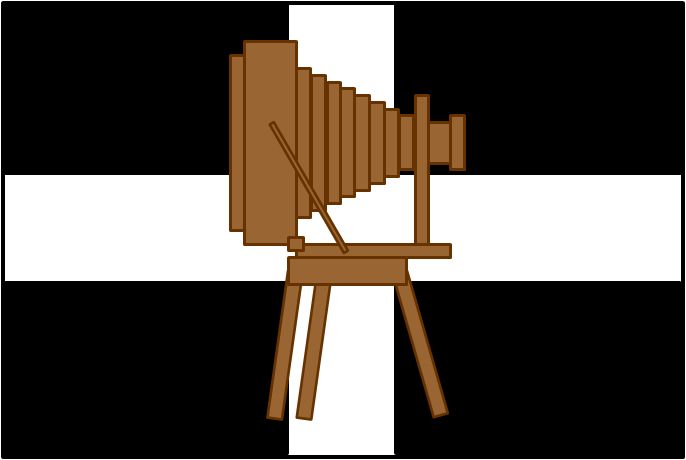Further photographs will be added !
Liskeard is a historical market town, dating back to at least the time of the Domesday Book in 1086. Its old name was 'Lyskirit', or 'Lyskeret' - or 'Lyskerrys' - depending on the source material. The name itself likely derives from 'lys' meaning a 'court' in the old Cornish, and the name Kerwyd ('d' pronounced 'th'); thus Liskeard was 'the court of Kerwyd'. The known history of Liskeard goes back around 1000 years, and the first recorded mention of the town that has been discovered, was in 1010 AD in a Bodmin Priory document, written in Latin, that referred to 'Lys Cerruyt'. Spellings do not exactly stay the same over the centuries, when the languages of Old Cornish, Old English, and Latin scribes, get mixed in with the new influences of Old French and Norman French after the Norman invasion. Cornish names are well preserved, but even Cornish has changed as the centuries passed, and spellings were rarely fixed in any case.

Old Postcard of Liskeard - The Parade and Free Library (likely circa
early 1900s)
In the fourteenth century, Liskeard became a Stannary Town, being one of the four originally granted a charter to be so in Cornwall. Stannaries were mining districts that set and administered their own customary laws, and Liskeard was a "coinage" or tin assaying centre. Tin is "stannum" in Latin, and during these times the corners of the tin ingots, or "coigne", were cut off as duty to be paid to the Duchy of Cornwall. Which of course is where the term 'coins' for our money originally derived.
Liskeard was also a market town, with charters to hold markets granted as early as 1240. A weekly cattle and sheep market is still held in Liskeard today. From market town and Stannary Town, Liskeard also became an important industrial and commercial centre, during the copper and tin mining booms of the nineteenth century. With a rich heritage, Liskeard now remains a market town and administrative centre for South East Cornwall - Caradon District - well positioned strategically in this part of Cornwall.
Among the heritage found in Liskeard is the old Pipe Well, in Well Lane. This was known as 'The Well of Lyskirit', and is fed by four springs that have never been known to run dry. Also of note are Stuart House, the Foresters Hall and Museum, the Guild Hall and Clock Tower, St.Martin's Church, the commemorative and ornamental Fountain in the Parade, and the site of the old Castle (or fortified manor of the time).
From Liskeard, runs the scenic Looe Valley Line that can be used as a very enjoyable 'Park and Ride' to visit Looe, with easy parking at the station in Liskeard. This unusual and pretty line was originally a part of the, then, linked Liskeard & Caradon Railway and Liskeard & Looe Railway. The line follows, in part, the course of the earlier Liskeard & Looe Union Canal that was constructed between Moorswater and Looe, for the onward shipping of granite and ore from the L&CR to Looe. Both canal and railways were used to link the old copper mines and granite quarries on the heights of Bodmin Moor (at over 1150 feet above sea level), with the sea-port of Looe. The part of the line still open for commuting between Looe and Liskeard, and for holiday visitors to travel to Looe, includes the link between the higher Liskeard Station and the lower Moorswater (Coombe Junction), which was the original link built to connect the main line to the L&CR and L&LR, and is unusually steep.
This page is due to be updated with
photographs and more information.
In the meantime, further
information is available on the
Liskeard Town
website.


Connect with us, Like us and Follow us on Facebook!
PhotoFile Cornwall supports CoaST and Sustainable Tourism